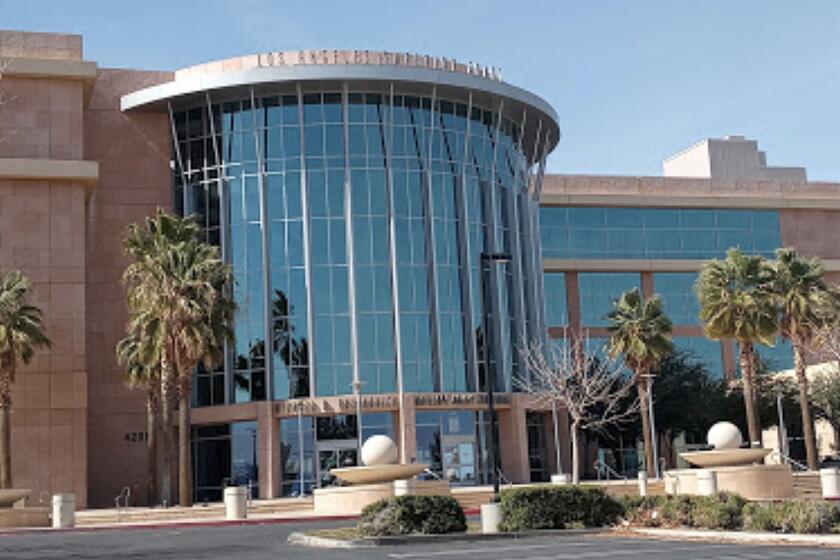Freedom for an endangered butterfly
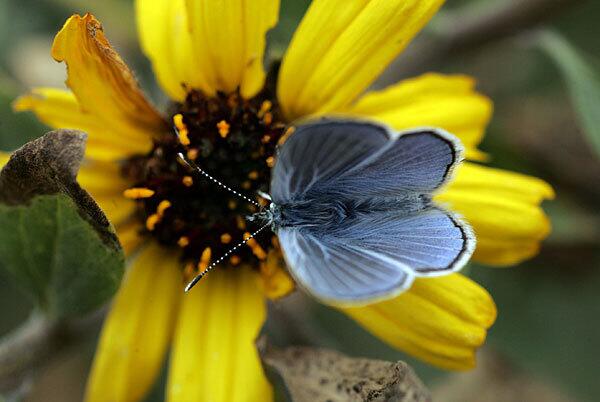
A male Palos Verdes blue butterfly alights on a flower after being released with several others at San Pedro’s Friendship Park. The release was a big step toward saving the endangered insect from extinction. (Gary Friedman / Los Angeles Times)
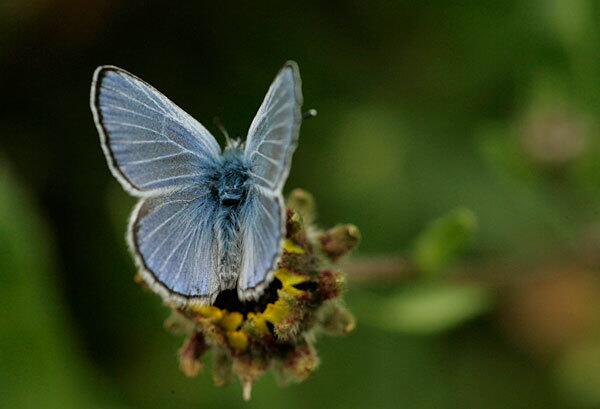
The Palos Verdes blue butterfly is rumored to be the world’s rarest and makes its home on the Palos Verdes Peninsula. The release of the butterfly is part of an organized effort to repopulate its ranks, which hovered near extinction near the early 1980’s. (Gary Friedman / Los Angeles Times)
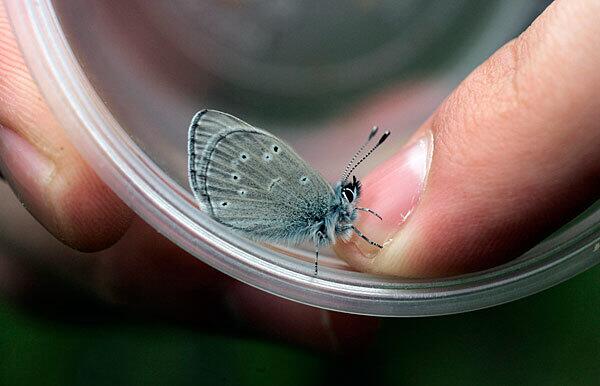
The Palos Verdes blue is finicky, so it took conservationists a few years to prepare for its return to the park by landscaping slopes just to its liking. (Gary Friedman / Los Angeles Times)
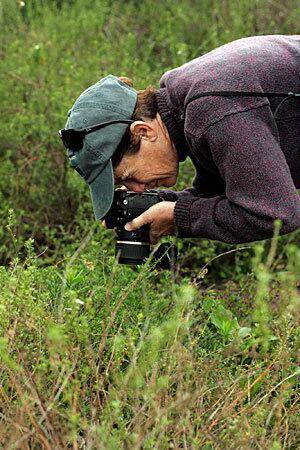
Ann Dalkey photographs a Palos Verdes blue butterfly at Friendship Park. (Gary Friedman / Los Angeles Times)
Advertisement
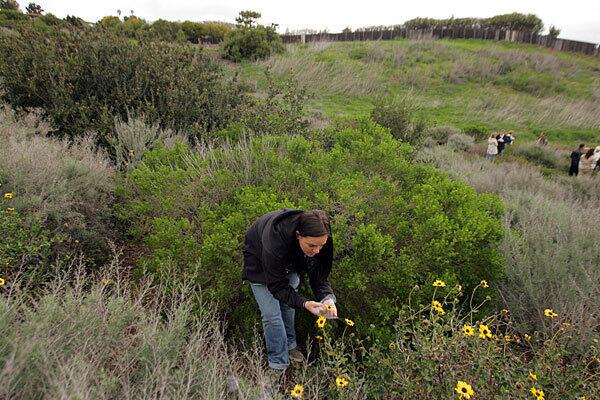
Mandy Stangeland, a research associate with the Butterfly Project, releases a Palos Verdes blue at Friendship Park. The butterfly lays its eggs on just two kinds of plants: locoweed and deerweed. Their leaves are the only things its larvae can eat after hatching. (Gary Friedman/Los Angeles Times)
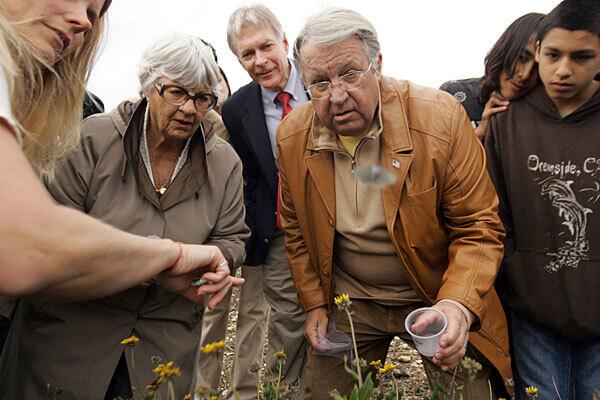
Los Angeles County Supervisor Don Knabe, center, and others watch biologist Jana Johnson, left, release a Palos Verdes blue into the wild. (Gary Friedman / Los Angeles Times)

